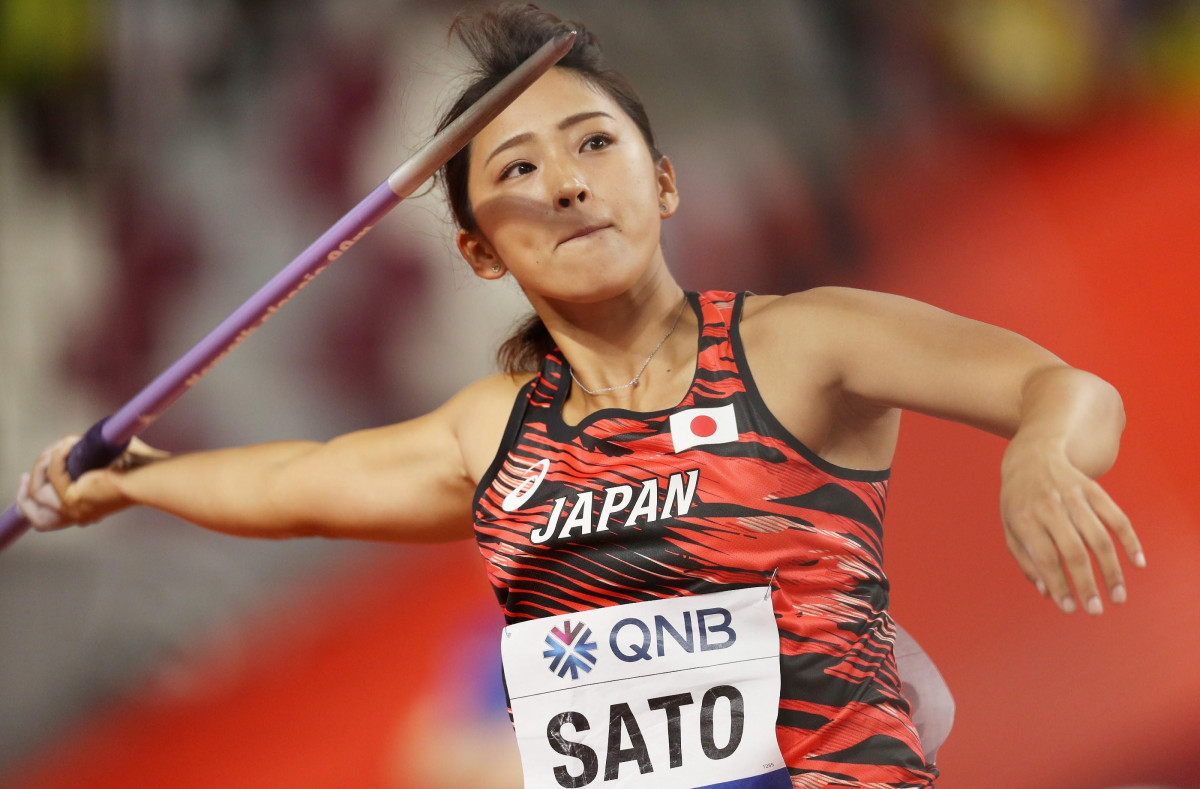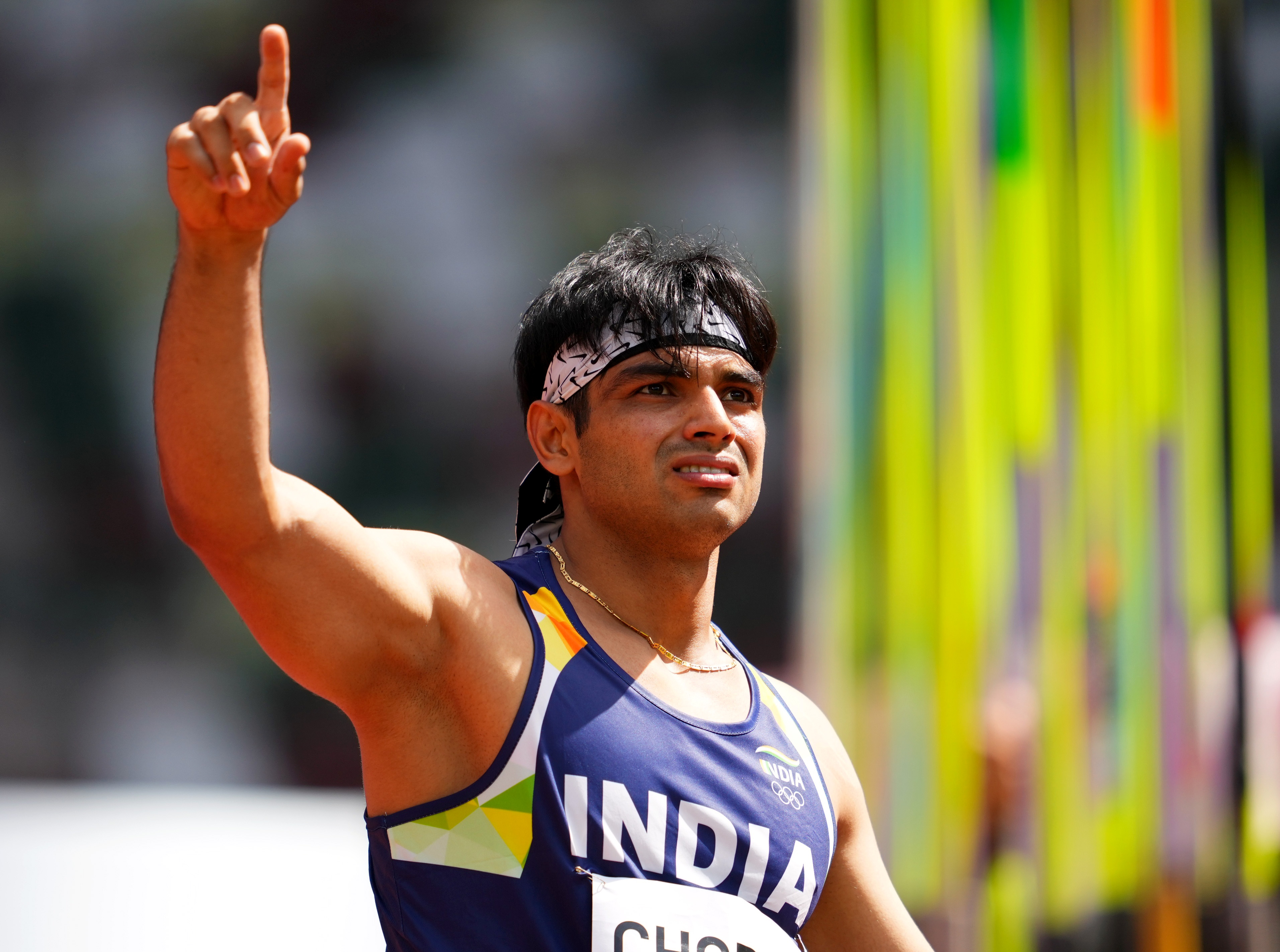History and Evolution of the Javelin Throw

The javelin throw, a thrilling display of athleticism and precision, has a rich history dating back to ancient times. From its origins as a hunting tool and a symbol of warfare, the javelin has evolved into a highly specialized sport, demanding exceptional strength, technique, and coordination.
Early Origins and Historical Development
The javelin throw has roots in human history, predating organized athletics. Archaeological evidence suggests that early humans used javelins for hunting and warfare, showcasing the weapon’s versatility and effectiveness. The javelin was a critical tool for survival, demonstrating the human capacity for projectile motion and accuracy. This ancient connection between the javelin and human survival underscores its importance in the development of early societies.
Significant Milestones and Rule Changes
- Ancient Greece: The javelin throw was included in the ancient Greek pentathlon, a multi-event competition that showcased athletic prowess. While the exact rules of the ancient javelin throw are not fully known, it was likely a test of strength and accuracy, reflecting the importance of these skills in ancient warfare.
- Modern Olympics: The javelin throw was introduced to the modern Olympic Games in 1906, establishing its place as a prominent athletic event.
- Rule Changes and Javelin Design: Throughout the 20th century, the javelin throw underwent significant rule changes, primarily focused on safety and technique. The javelin’s design was modified to prevent it from landing nose-first, which could result in dangerous ricochets. These rule changes led to a shift in throwing techniques, emphasizing a more controlled and balanced release.
Evolution of the Javelin’s Design
The javelin’s design has evolved significantly over time, directly influencing throwing techniques and performance.
- Early Javelins: Early javelins were typically made of wood, with a simple design and a pointed tip. These javelins were often heavier and less aerodynamic, requiring significant strength and effort to throw.
- Modern Javelins: Modern javelins are made from lightweight materials such as aluminum or fiberglass, with a streamlined design that enhances aerodynamic performance. The center of gravity has shifted closer to the tip, allowing for greater distance and accuracy. This evolution in javelin design has resulted in a significant increase in throwing distances.
Impact of Design Changes on Throwing Techniques
The evolution of the javelin’s design has had a profound impact on throwing techniques.
- Traditional Techniques: Traditional throwing techniques emphasized strength and power, with a focus on maximizing the javelin’s velocity. However, these techniques often resulted in unstable throws and a higher risk of nose-first landings.
- Modern Techniques: Modern throwing techniques prioritize balance, control, and accuracy. The streamlined design of modern javelins allows for a more controlled release, resulting in longer and more consistent throws. The emphasis has shifted from brute force to a more technical approach, requiring a high level of skill and precision.
The Javelin Throw at the Olympics

The javelin throw has been a mainstay of the Olympic Games since the early 20th century, showcasing the athleticism and precision of some of the world’s finest athletes. Its inclusion in the Games has not only elevated the sport to a global stage but has also played a significant role in the evolution of javelin throw techniques and strategies.
Evolution of the Javelin Throw in the Olympics
The javelin throw made its Olympic debut at the 1908 Summer Olympics in London. Initially, the event was contested using a heavier and more cumbersome javelin than the modern version. This early javelin had a different center of gravity, requiring a different throwing technique.
The javelin throw underwent significant changes in the 1980s, with the introduction of the modern javelin. This new javelin was lighter, had a different center of gravity, and was designed to fly further. The introduction of the modern javelin resulted in a significant increase in distances thrown, leading to the development of new techniques and strategies.
Impact of Olympic Competition on Javelin Throw Techniques
Olympic competition has been a driving force behind the evolution of javelin throw techniques. The pursuit of Olympic glory has pushed athletes to refine their techniques and strategies, leading to the development of new and more efficient throwing styles.
The development of the “run-up and throw” technique, which involves a long run-up to generate momentum, is a testament to the impact of Olympic competition. This technique has allowed athletes to achieve greater distances, pushing the boundaries of the sport.
Notable Olympic Javelin Throwers and Their Achievements
Olympic competition has produced a plethora of legendary javelin throwers who have left an indelible mark on the sport.
- Finland’s Matti Järvinen dominated the javelin throw in the 1930s, winning two Olympic gold medals in 1932 and 1936.
- The legendary Czech athlete, Jan Železný, is widely considered to be the greatest javelin thrower of all time. He won three consecutive Olympic gold medals in 1992, 1996, and 2000, and holds the world record for the longest throw ever recorded, at 98.48 meters.
- The Estonian athlete, Aleksander Tammert, won the gold medal at the 2004 Olympic Games in Athens. Tammert was known for his powerful throwing style and his ability to consistently throw long distances.
Techniques and Strategies in Javelin Throwing: Javelin Throw Olympics Live

Mastering the art of javelin throwing requires a delicate balance of technique, strength, and strategy. It’s a demanding sport that requires athletes to harness their power and precision to launch the spear with maximum distance. Let’s delve into the key techniques and strategies that contribute to a successful javelin throw.
Grip and Stance
The grip and stance are fundamental to a successful throw. A proper grip ensures a secure hold on the javelin, while a balanced stance provides a stable base for the throwing motion.
- Grip: The athlete typically grips the javelin with their dominant hand near the center of gravity, allowing for optimal leverage and control. The non-dominant hand is placed further back on the javelin, providing additional stability and support. The fingers should be wrapped around the javelin, creating a firm grip.
- Stance: The athlete’s stance is crucial for generating power and maintaining balance throughout the throw. The feet are usually shoulder-width apart, with the dominant foot slightly forward. The athlete’s body should be slightly tilted forward, with the weight distributed evenly between the feet.
Run-up
The run-up is a critical phase in the javelin throw, where the athlete builds momentum and prepares for the release. A well-executed run-up allows for optimal power generation and ensures a smooth transition into the throwing motion.
- Distance and Rhythm: The length of the run-up varies depending on the athlete’s individual style and the length of the javelin. The run-up should be executed with a consistent rhythm and a gradual increase in speed.
- Final Steps: The final few steps of the run-up are crucial for transferring momentum to the throwing motion. The athlete typically takes three to five strides before initiating the throw, with the last step being the “plant” step, where the dominant foot is planted firmly on the ground.
Release
The release is the culmination of the entire throwing motion, where the athlete unleashes the javelin with maximum force and accuracy. A proper release technique is essential for achieving optimal distance and precision.
- Body Position: At the point of release, the athlete’s body should be fully extended, with the dominant arm raised high above the head. The javelin should be aligned with the throwing arm, pointing in the direction of the target.
- Wrist Action: The wrist plays a vital role in the release. A quick snap of the wrist at the moment of release adds power and precision to the throw.
- Follow-through: After releasing the javelin, the athlete should continue their throwing motion, following through with their arm and body. This helps to ensure a smooth and controlled release.
Throwing Styles, Javelin throw olympics live
There are several different throwing styles employed by javelin throwers, each with its own advantages and disadvantages.
- Western Style: This style is characterized by a high release point and a long, sweeping throwing motion. It is known for its ability to generate significant power and distance.
- Finnish Style: This style is characterized by a lower release point and a more compact throwing motion. It is known for its precision and control.
- Eastern Style: This style is a hybrid of the Western and Finnish styles, combining the power of the Western style with the control of the Finnish style.
Biomechanics and Physics
The javelin throw is a complex sport that involves the interplay of biomechanics and physics. Understanding these principles is essential for optimizing performance.
- Force and Momentum: The athlete’s ability to generate force and momentum is crucial for achieving distance. The run-up is designed to maximize the athlete’s momentum, which is then transferred to the javelin at the release.
- Angle of Release: The angle of release is another critical factor that affects distance. The optimal release angle for maximum distance is typically around 35-45 degrees.
- Air Resistance: Air resistance is a factor that can affect the javelin’s flight path. The javelin’s shape and design are optimized to minimize air resistance and maximize its flight distance.
Training and Conditioning
- Strength and Conditioning: Javelin throwers require a high level of strength and conditioning to perform at their best. Training programs typically focus on developing core strength, upper body power, and leg strength.
- Technical Drills: Technical drills are essential for developing proper throwing technique. These drills focus on specific aspects of the throw, such as grip, stance, run-up, and release.
- Mental Preparation: Mental preparation is also crucial for success in javelin throwing. Athletes must develop focus, concentration, and the ability to handle pressure.
Javelin throw olympics live – The men’s javelin throw finals at the Olympics are always a thrilling spectacle, with athletes pushing the limits of human strength and precision. The history of the sport in Pakistan, as chronicled in pakistan olympics , shows a nation with a deep-rooted passion for athletics, and we can expect to see the next generation of Pakistani javelin throwers make their mark on the world stage.
The javelin throw is a thrilling event to watch live at the Olympics, with athletes showcasing incredible strength and technique. The men’s javelin has a rich history, dating back to ancient times, and continues to captivate audiences with its dynamic combination of power and precision.
As the javelin arcs through the air, spectators hold their breath, hoping for a new Olympic record to be set.
